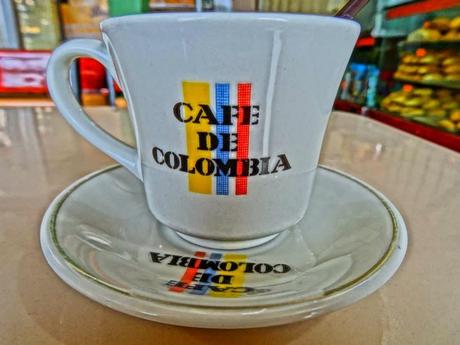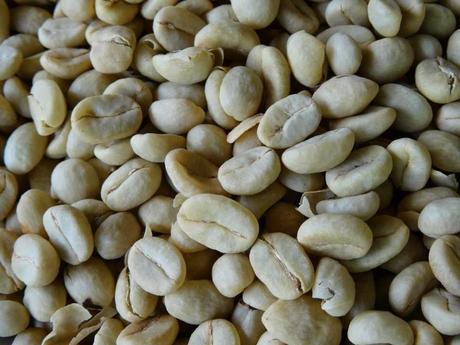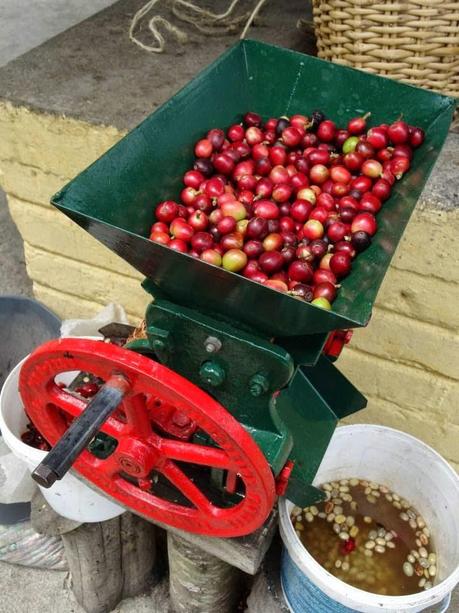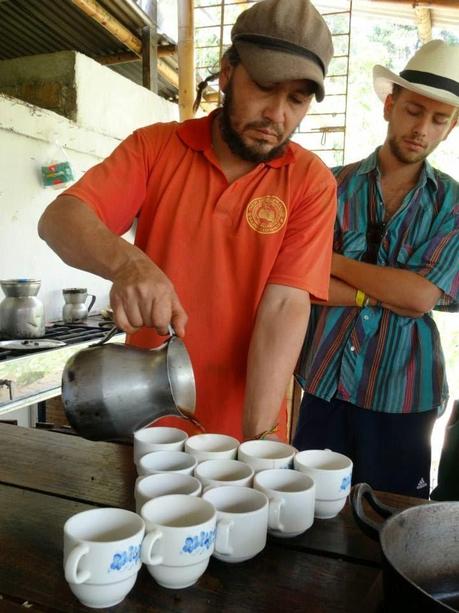 Colombia is an interesting destination for coffee lovers. Just because Colombia is the third largest producer of coffee in the world doesn't mean you can easily find a great cup of joe there. Similarly to the great cacao produced in Ecuador, in the recent past pretty much all of the great coffee produced in Colombia has been exported to other countries. That left Colombia with low quality beans and people who didn't necessarily know how to roast and brew coffee. Luckily, over the past few years, specialty coffee shops focused on local brews have popped up all over the place and coffee farms have started opening their doors to visitors. It's now possible to see first hand how coffee is grown and processed, and even taste some coffee brewed from the high quality beans that farmers are starting to keep behind to sell to tourists.
Colombia is an interesting destination for coffee lovers. Just because Colombia is the third largest producer of coffee in the world doesn't mean you can easily find a great cup of joe there. Similarly to the great cacao produced in Ecuador, in the recent past pretty much all of the great coffee produced in Colombia has been exported to other countries. That left Colombia with low quality beans and people who didn't necessarily know how to roast and brew coffee. Luckily, over the past few years, specialty coffee shops focused on local brews have popped up all over the place and coffee farms have started opening their doors to visitors. It's now possible to see first hand how coffee is grown and processed, and even taste some coffee brewed from the high quality beans that farmers are starting to keep behind to sell to tourists. Perhaps the most beautiful place to start your exploration of the Colombian coffee region is Salento. With several coffee farms within walking distance of town, well-preserved and brightly colored architecture, and the stunning Cocora Valley nearby, Salento makes a great place to spend a few days. We toured three fincas during our time there, each having their own unique philosophies on growing coffee and each providing different and insightful information on this revered plant.
Don Elias

This is an organic, family owned operation that's about an hour's walk outside of Salento. They own 8 hectares which may not sound like much, but considering the average finca in Colombia is only 3-4 hectares, it's pretty big. First we toured the farm itself, which was really beautiful, lush, and green. They plant lots of fruit and vegetables amongst the coffee to provide shade for the coffee plants. These other plants also serve as decoy plants for insects since the farm doesn't use pesticides. We next learned about the different steps in processing including removing the coffee cherry skin, fermenting the beans, drying the beans, removing the parchment, and roasting. We got to use a hand grinder to grind some freshly roasted beans- the smell was intoxicating! Last, but certainly not least, we got to try a cup of their amazing coffee. It was prepared drip-style using a fine-mesh cloth filter hung over a collection vessel, which seems to be the standard way of preparing coffee in Colombia. The coffee was very balanced with a pleasant acidity and round body. It was so good that even Jeremy, a sworn coffee hater, loved it (after adding tons of sugar)! Even though the flavors will likely be diminished by the time we get home, we couldn't resist buying two bags.
There's no set time for tours here- just show up. Our tour was in Spanish but a family friend came halfway through the tour who is sometimes there to give tours in English. The cost for the tour is 7000 pesos/person, and the coffee is 11,000 pesos for a 250g bag.
El Ocaso

Whereas the tour at Don Elias was very intimate and family style, the tour at El Ocoso had a more corporate feeling. Although their signs advertise tours in English, this was not an option that was offered to us. At the beginning of the tour we donned baskets around our waist and got to pick our own coffee cherries. As it wasn't harvest season, the ripe, red cherries were really difficult to find! Next we learned about the processing steps, which were pretty much the same as at Don Elias, but on a larger scale. They have a really huge machine for removing the skin from the coffee cherry and an oven for drying the beans (whereas the beans at Don Elias are only sun-dried). We also learned that as a final step before being bagged, the coffee is meticulously sorted by women who remove the second quality beans. These beans are black and were picked when they were either too ripe or not ripe enough. For the tasting portion of the tour, the coffee was prepared in the same method as at Don Elias using a fine mesh cloth filter. However, the coffee was a big letdown. It tasted very underextracted and thin. I'm guessing they should have left the brewing to a staff member and not a tourist who had never done it before! Needless to say, we weren't very inspired to buy any beans here.

El Ocaso is located next door to Don Elias and gives tours hourly. The cost is 8,000 pesos/person and 250g bags of coffee were 9,000 pesos each.
Plantation House (Finca Don Eduardo)

This was by far the most comprehensive coffee tour that we took in Salento. The tour was given by the owner, Tim, in English and with great detail. Finca Don Eduardo is a relatively young farm at only 6 years old, (although their land has always been a coffee farm for the past 100 years), so their coffee plants have just recently begun producing fruit. The farm has won several awards for sustainability and uses similar practices as Don Elias for planting shade trees and insect decoy plants. The farm grows 4 different kinds of Arabica beans, 2 of which are traditional plants and 2 of which are modern hybrids. We got to see the difference between traditional and modern plants as well as taste coffee from both types of plants. My favorite part was that we actually got to witness the stovetop roasting of beans which we then ground and brewed into an incredibly fresh and tasty cup of coffee. I preferred the coffee brewed from the modern beans as it was extremely full-bodied with a rich mouthfeel and finished with just the right amount of acidity. Overall, this was a great tour where I learned so much from Tim, who is very passionate about producing quality coffee.
The tour in English starts at 9am every day and lasts at least three hours, with the option to wander around the farm and its bamboo forest at your leisure after the tour is over. The tour is 20,000 pesos/person if you are not staying at the Plantation House hostel, and 10,000 pesos/person if you are.
Have you ever tried Colombian coffee in Colombia? What did you think? Comment below to join the conversation!
